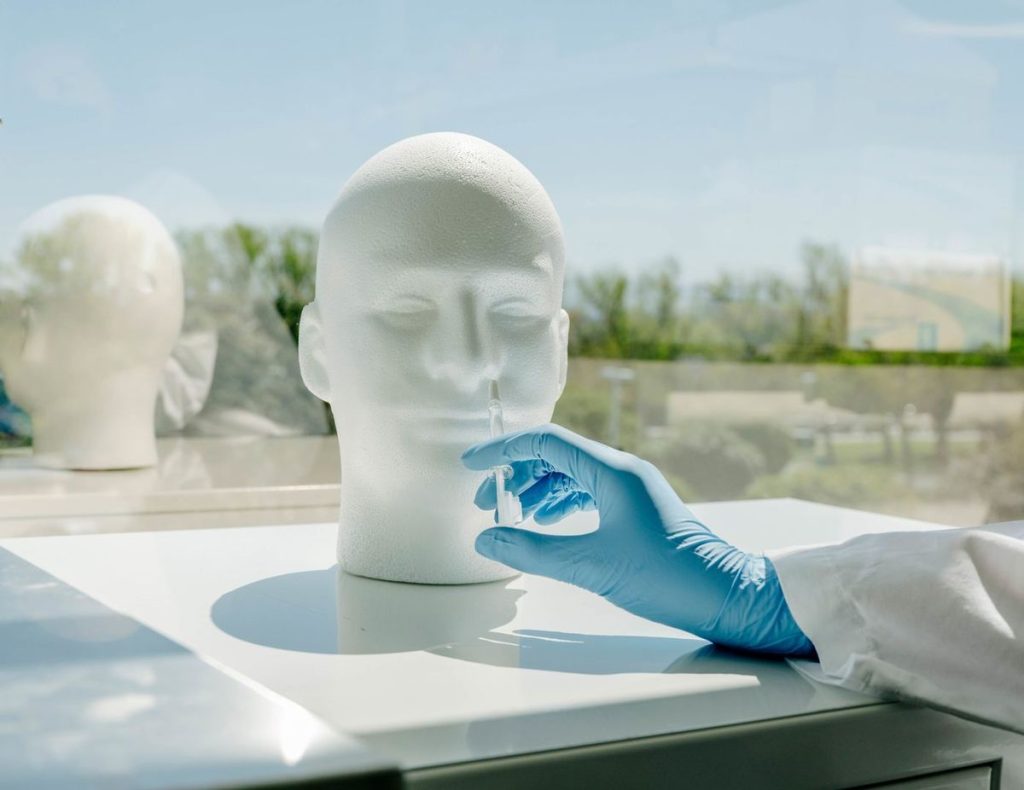When SARS-CoV-2, the virus that causes COVID-19, infiltrates the body, it typically enters through the nose or mouth, then takes root and begins replicating. But what if it could never get a foothold in the upper airways and stopped by just inhaling a few drops of liquid or mist beforehand? That’s the idea behind nasal COVID-19 vaccines, which are meant to prevent infection by blocking the virus at its point of entry.
What Are Nasal Vaccines?

Nasal vaccines are administered, as the name suggests, through the nose. More accurately called intranasal vaccines, these vaccines are liquids that can be given as a spray or through a dropper or syringe.
Nasal Covid Vaccine Works The Same Way As Corona Virus Thus Providing Immunological Benefits
SARS-CoV-2 usually enters the body through the nose and lands on the mucus membrane at the back of the nasal passage and in the throat. The virus then enters the cells it touches, replicates, and spreads.
Nasal vaccines follow exactly the same step. When you inhale a nasal vaccine, the particles land on the mucus membrane in your nasal cavity or the back of your throat, enter the cells in those places, and trigger an immune response. This process teaches the body about the coronavirus and allows it to deal with any future real infections at the most vulnerable places i.e. Nasal Cavity and Throat.
How Nasal Vaccine Is Better Than Intramuscular Vaccine In This Case?
When you get a Covid-19 shot in your arm, the vaccine triggers a strong immune response in the cells near where you got the shot. It also causes your immune system to produce some coronavirus-specific antibodies and other immune cells in other locations throughout your body.
When the coronavirus begins infecting cells in a person’s respiratory tract, the immune cells nearby will start mounting a defense. Your body will also send anti-viral immune cells and antibodies from other locations to the site of infection. But by the time enough coronavirus-specific immune cells gather around the infection site to stop the virus from replicating, the virus has likely already begun to spread throughout the body, making it difficult for the immune system to keep up.
Nasal vaccines mimic the virus in order to prepare the immune system against a virus, just like any other vaccine. But importantly, they mimic the process of infection, too, and boost protective response within the mucosal immune system of the nose and throat. In simple terms, intranasal vaccines are like knowing there is going to be a break-in and putting your guards in the right location before the trouble even starts.
Downside Of Nasal Covid Vaccine
Getting the dosage correct can be harder with nasal vaccines than a shot, especially with young children. If someone has a stuffy nose or sneezes out a part of the vaccine before it’s completely absorbed, this can result in a lower-than-desired dose.
How Long Until Intranasal Vaccines Are Ready?
As of late May 2022, there are no approved COVID-19 intranasal vaccines for human use. There are currently seven in clinical trials, and three of them – manufactured by Beijing Wantai Biological Pharmacy, Bharat Biotech, and Codagenix and Serum Institute of India – are in phase-3 human trials.





